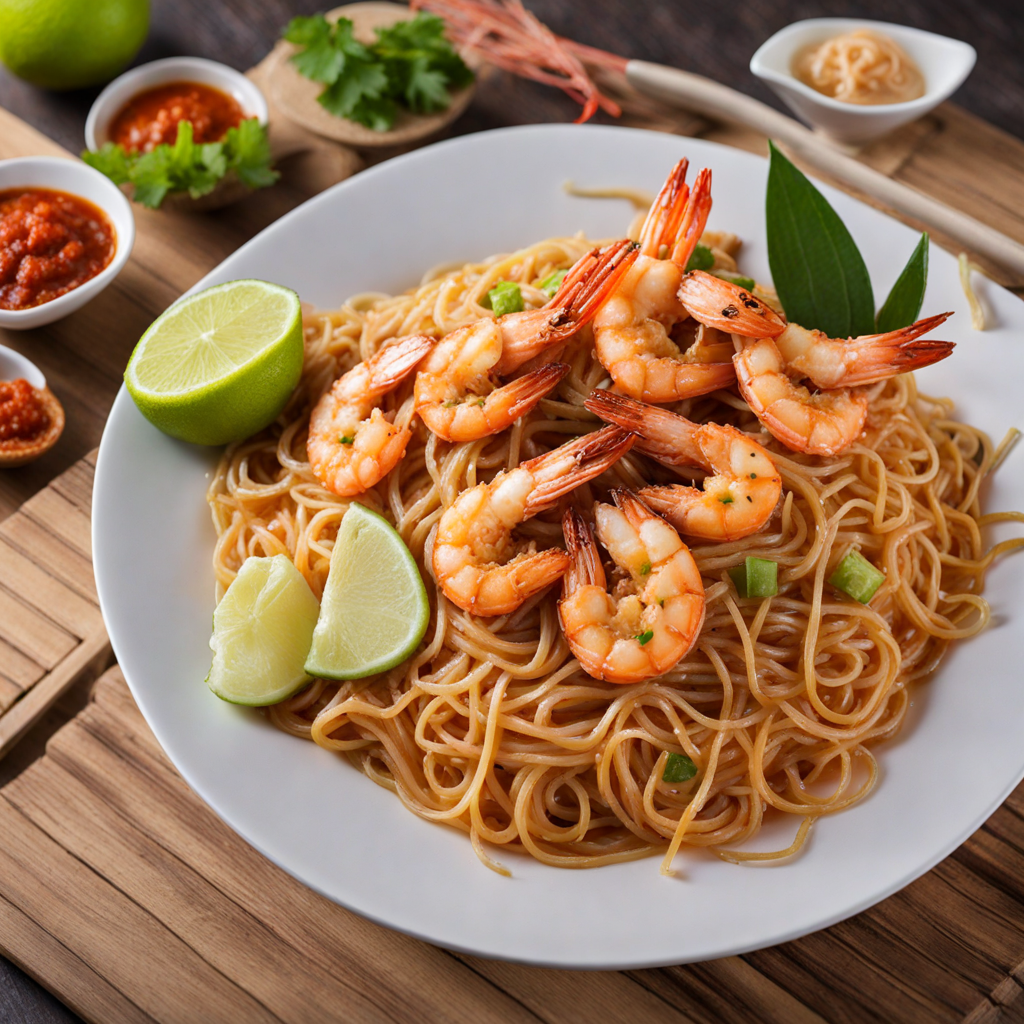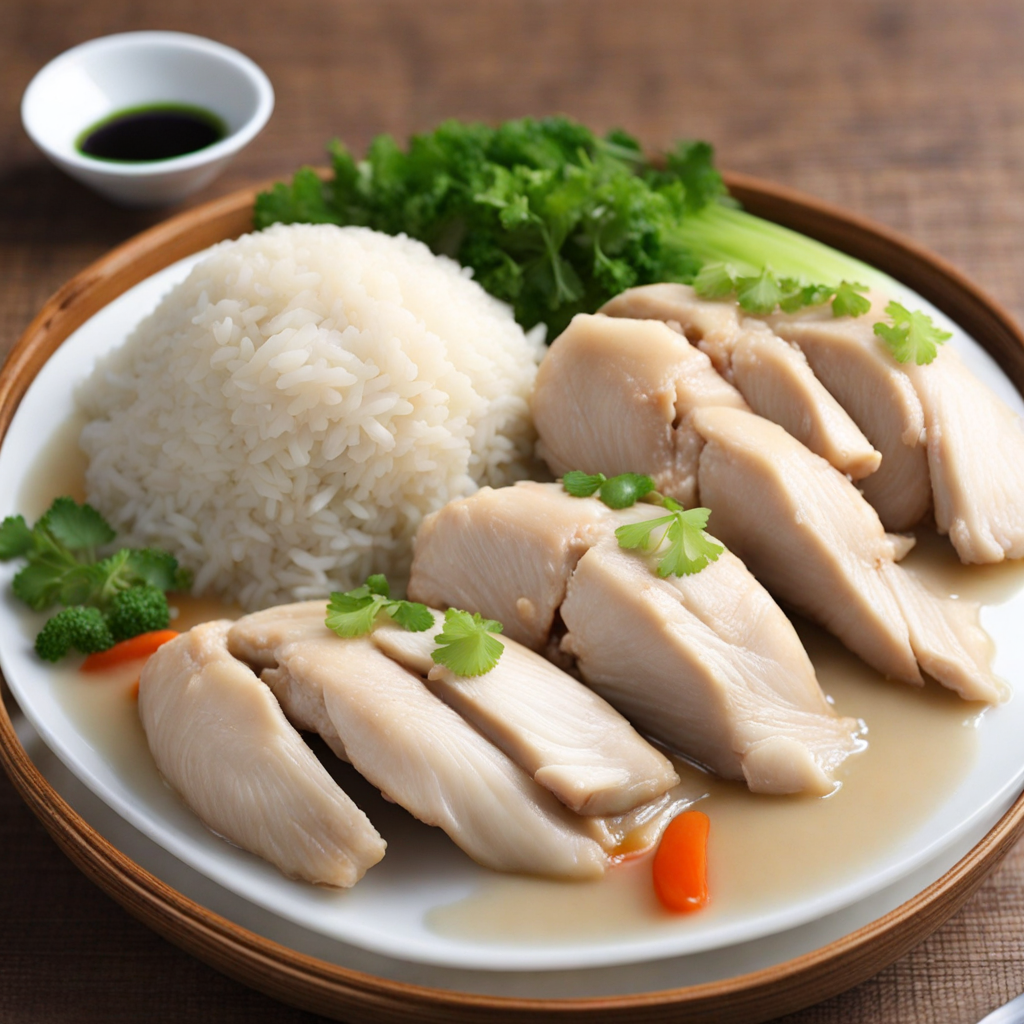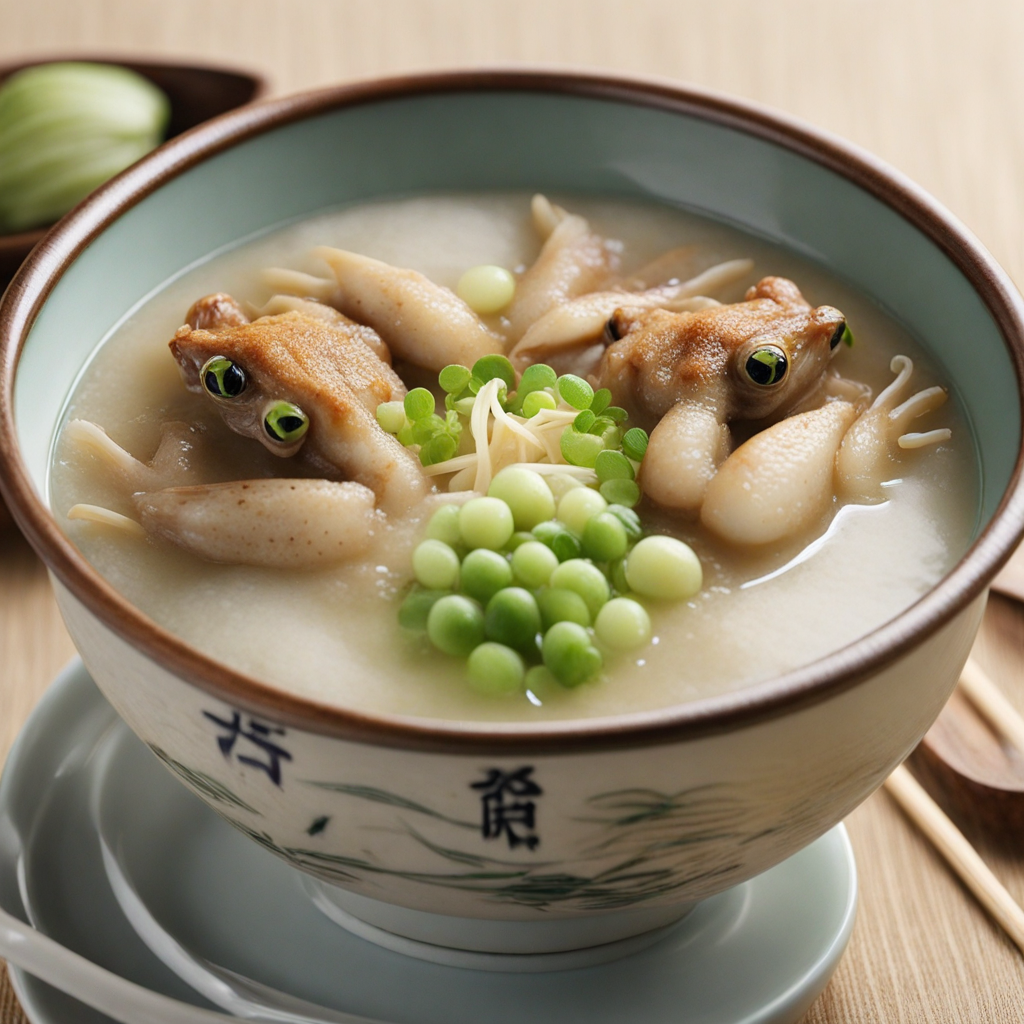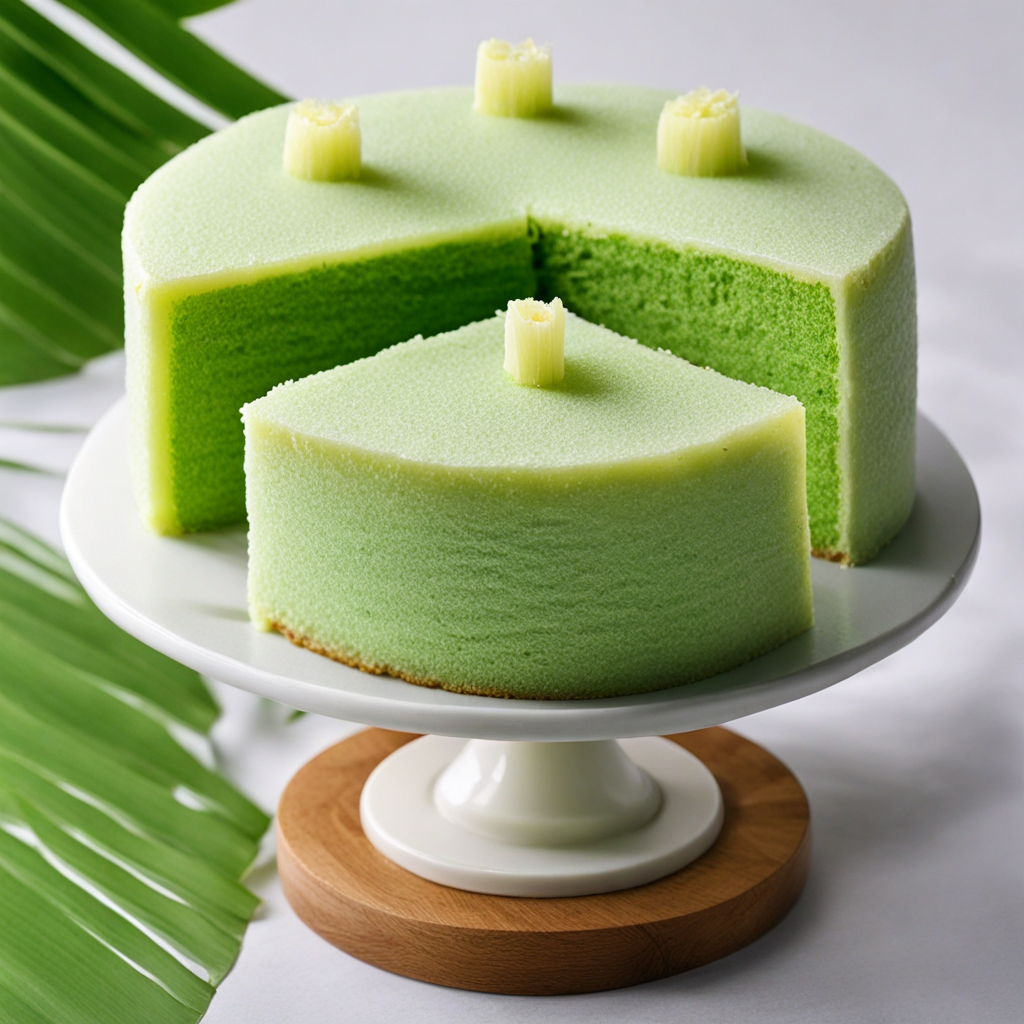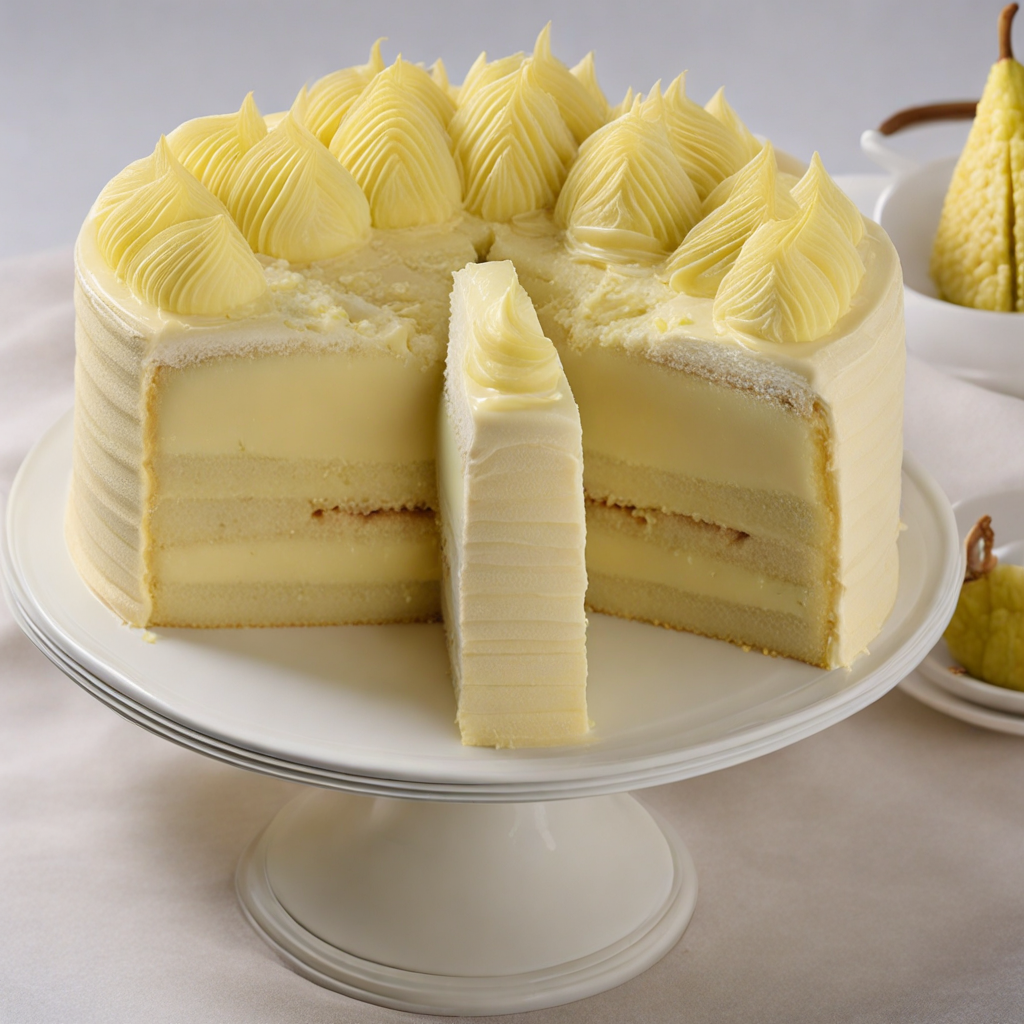Hokkien Mee
Hokkien Mee is a delectable dish originating from the Chinese community in Singapore, known for its rich flavors and hearty ingredients. This stir-fried noodle dish features a combination of thick yellow noodles and rice vermicelli, which are cooked to perfection in a savory broth made from a blend of prawn and pork. The noodles are typically tossed with a medley of succulent seafood, including fresh prawns and squid, along with a variety of vegetables that add both texture and color to the dish. The result is a fragrant and satisfying meal that captures the essence of Singapore's vibrant food culture. The preparation of Hokkien Mee is an art form in itself, as it involves a meticulous process of stir-frying over high heat to achieve that coveted smoky flavor known as 'wok hei.' This technique enhances the overall taste, giving the dish a distinctive character that is both umami-rich and slightly sweet. A key component is the addition of sambal chili and lime juice, which provide a zesty kick that elevates the dish and balances the savory elements. The combination of flavors creates a symphony that is both comforting and exciting, making it a favorite among locals and visitors alike. When served, Hokkien Mee is often garnished with fresh lime wedges and a sprinkle of crispy fried shallots, adding an extra layer of flavor and crunch. It's common to find this dish at hawker centers, where it is enjoyed as a hearty meal at any time of the day. Eating Hokkien Mee is not just about the food; it's an experience that immerses you in the bustling street food scene of Singapore, allowing you to savor the incredible fusion of flavors that reflects the diverse culinary heritage of the region.
How It Became This Dish
The History of 福建面 (Hokkien Mee) in Singapore #### Origins and Cultural Significance 福建面, also known as Hokkien Mee, is a beloved noodle dish that reflects the rich tapestry of Singapore’s multicultural culinary heritage. Its origins can be traced back to the Fujian province of China, where it was initially prepared as a simple dish of stir-fried egg noodles with seafood and pork. The Hokkien people, who migrated to Southeast Asia, particularly Singapore and Malaysia, brought their culinary traditions with them. In the 19th century, as the Chinese diaspora expanded across Southeast Asia, the Hokkien community settled in Singapore, establishing a vibrant cultural presence. This migration was not merely a search for economic opportunities; it was also a quest to preserve their heritage amidst a foreign land. The dish began to evolve, influenced by local ingredients and cooking techniques, melding traditional Hokkien recipes with the rich diversity of Malay, Indian, and Peranakan cuisines. Hokkien Mee carries deep cultural significance, symbolizing the resilience and adaptability of the Chinese immigrant community in Singapore. It is more than just a meal; it is a testament to the communal spirit and the blending of cultures that characterize Singaporean society. The dish serves as a reminder of the struggles and triumphs of those who came before, offering a taste of nostalgia for many Singaporeans. #### Development Over Time The evolution of Hokkien Mee in Singapore can be traced through several key phases, each reflecting broader social and economic changes in the region. 1. Early Beginnings (19th Century): When the Hokkien migrants arrived in Singapore, they brought with them their love for noodles. Initially, Hokkien Mee was a humble dish made from egg noodles tossed with some shrimp, pork, and soy sauce. Street hawkers began to sell this dish in the burgeoning food markets, making it accessible to the working class. As demand grew, vendors started to add more ingredients, such as squid and fried fish cakes, to enhance the flavor. 2. Post-War Era (1940s-1960s): After World War II, Singapore saw significant changes in its demographics and economy. The food scene began to diversify, and Hokkien Mee became a staple in hawker centers, which emerged as the heart of Singaporean culinary life. Vendors began to experiment with different cooking methods, leading to variations such as the wet version, which is cooked with a savory broth, and the dry version, which features less sauce and a thicker, richer texture. The introduction of chili sambal as a condiment further transformed the dish, adding a spicy kick that appealed to local tastes. 3. 1970s-1980s: The Hawker Culture: As Singapore transformed into a modern city-state, its hawker culture became emblematic of its identity. Hokkien Mee was celebrated as one of the quintessential hawker foods, found in countless stalls across the island. During this period, several renowned hawker stalls emerged, each claiming to have the "best" version of Hokkien Mee. The competition among vendors contributed to the dish's evolution, with each stall adding its unique twist, often incorporating heirloom recipes passed down through generations. 4. Globalization and Modernization (1990s-Present): The globalization of food culture in the late 20th and early 21st centuries brought Hokkien Mee to a wider audience. As Singapore positioned itself as a global food hub, chefs began to reinterpret traditional dishes, incorporating modern culinary techniques and international flavors. Gourmet versions of Hokkien Mee began appearing in upscale restaurants, showcasing premium ingredients and innovative presentations. Meanwhile, traditional hawker stalls have remained popular, with many chefs passionately preserving authentic recipes. The Singapore government has recognized the cultural importance of hawker centers, with initiatives aimed at preserving this unique aspect of the nation's culinary heritage. In 2020, hawker culture was even inscribed on UNESCO's Representative List of the Intangible Cultural Heritage of Humanity, further solidifying its status in Singaporean identity. #### Variations of Hokkien Mee Hokkien Mee has several variations, reflecting the diverse influences on its evolution. Some of the most notable include: 1. Singaporean Hokkien Mee: This version features yellow egg noodles stir-fried with prawns, squid, pork belly, and a rich seafood broth made from prawn heads and shells, lending the dish its distinctive umami flavor. It is often served with lime and sambal on the side. 2. Malaysian Hokkien Mee: Known as “Hokkien Char Mee,” this version is darker and richer, typically made with a thicker soy sauce and served with a variety of meats and vegetables. 3. Penang Hokkien Mee: This variation is known for its spicy prawn broth and is typically served with rice vermicelli. It is a favorite dish among locals in Penang, Malaysia. 4. Teochew Hokkien Mee: Another variation that incorporates more vegetables and is less oily, often reflecting the preferences of the Teochew community. #### Conclusion Hokkien Mee stands as a symbol of Singapore’s diverse culinary landscape, echoing the stories of the immigrants who shaped the nation. From its humble beginnings in the streets of Fujian to its status as a beloved dish enjoyed by locals and tourists alike, Hokkien Mee represents the spirit of innovation and adaptability that characterizes Singaporean cuisine. As we move forward, the future of Hokkien Mee looks promising as chefs continue to celebrate its heritage while exploring new interpretations. Whether enjoyed at a bustling hawker center or in an upscale restaurant, Hokkien Mee remains a flavorful reminder of the rich history and cultural significance embedded in every strand of noodle.
You may like
Discover local flavors from Singapore


